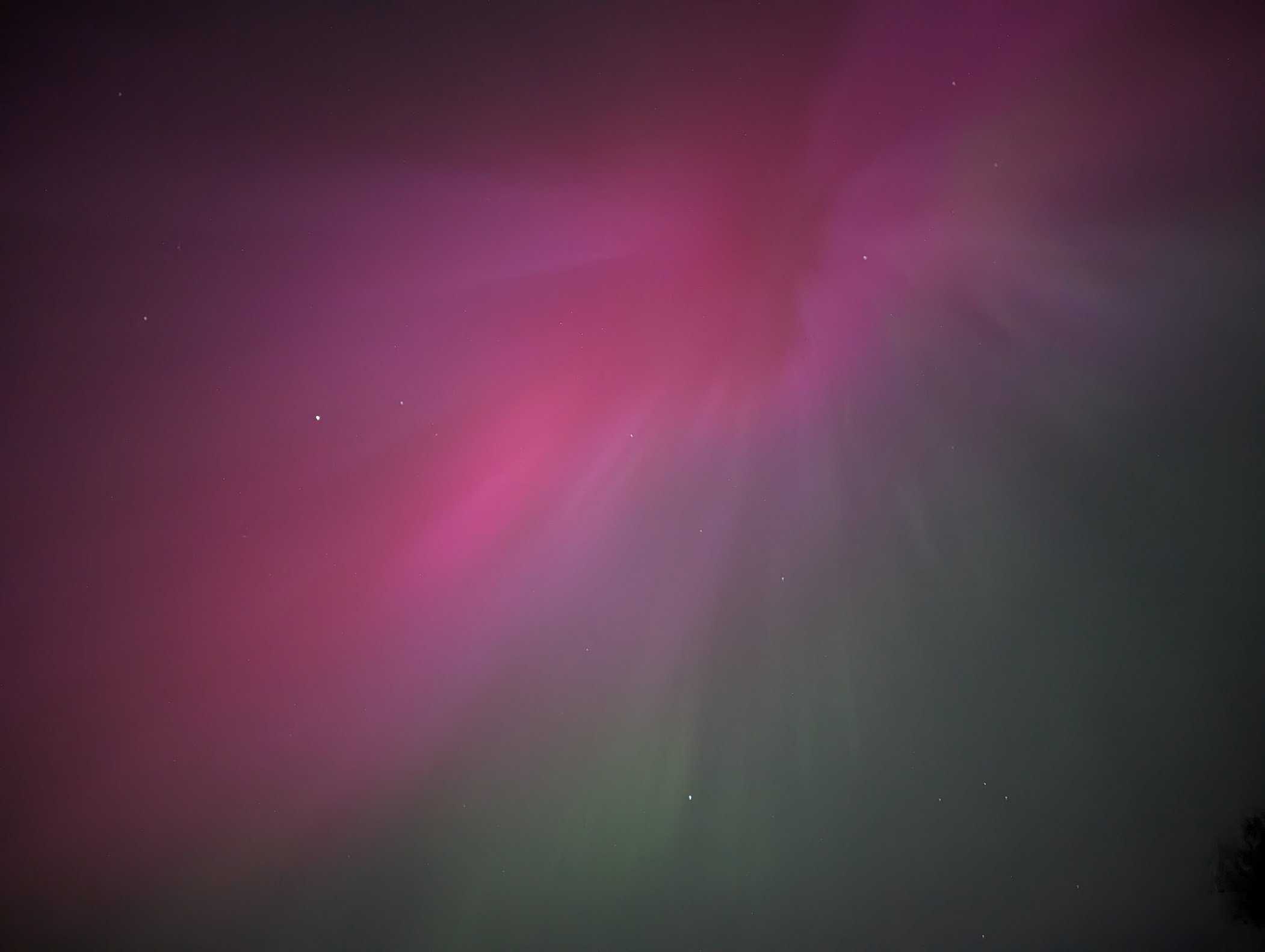
Space Weather Scientist Explains Rare Intensity of Northern Lights
Assistant Professor Dan Welling at U-M Climate and Space explains the rare intensity of the Northern Lights, as they were seen during the historic G5 Storm in May.

Assistant Professor Dan Welling at U-M Climate and Space explains the rare intensity of the Northern Lights, as they were seen during the historic G5 Storm in May.
In an interview with LiveNOW from FOX News, Assistant Professor Dan Welling at U-M Climate and Space explained the rare intensity of the Northern Lights, as they were seen during the Severe Geomagnetic Storm (or G5 Storm) of May 10-11, 2024. During that historic event created by space weather, Aurora were seen in all 50 states of the U.S. as well as countries across the globe.
“To see the Aurora if you’re in Alaska or Scandinavia is pretty common,” said Welling, in the interview. “To see the Aurora down here and in Orlando and those kinds of areas, that’s very, very rare. So, that’s a unique and exciting event.”
“What’s really important about these storms is that they can affect technological systems. Now, fortunately it’s not the case that it’s going to affect them so much that you and I will come to notice this. However, astronauts in space have to be aware of radiation belt effects. Long trans-polar commercial flights need to be careful about increased radiation exposure during these storms. Satellite communications, including GPS, are disrupted,” he said in the interview. Welling noted that flights were being re-routed to lower latitudes on Friday to protect against those impacts.
For the full interview, watch the video.
Welling is part of a team of scientists working to develop the first phase of the MAAX mission concept for consideration by NASA. Called the Magnetospheric Auroral Asymmetry Explorer (MAAX), the mission’s goal would be to improve our understanding of how electrodynamic coupling between Earth’s magnetosphere and ionosphere regulates auroral energy flow.
The project would launch two identical spacecraft equipped with dual-wavelength ultraviolet imagers into orbit, to provide global imaging of the entire Auroral Oval at both the north and south poles. The principal investigator for the MAAX concept study is Professor Michael Liemohn from the University of Michigan Department of Climate and Space.